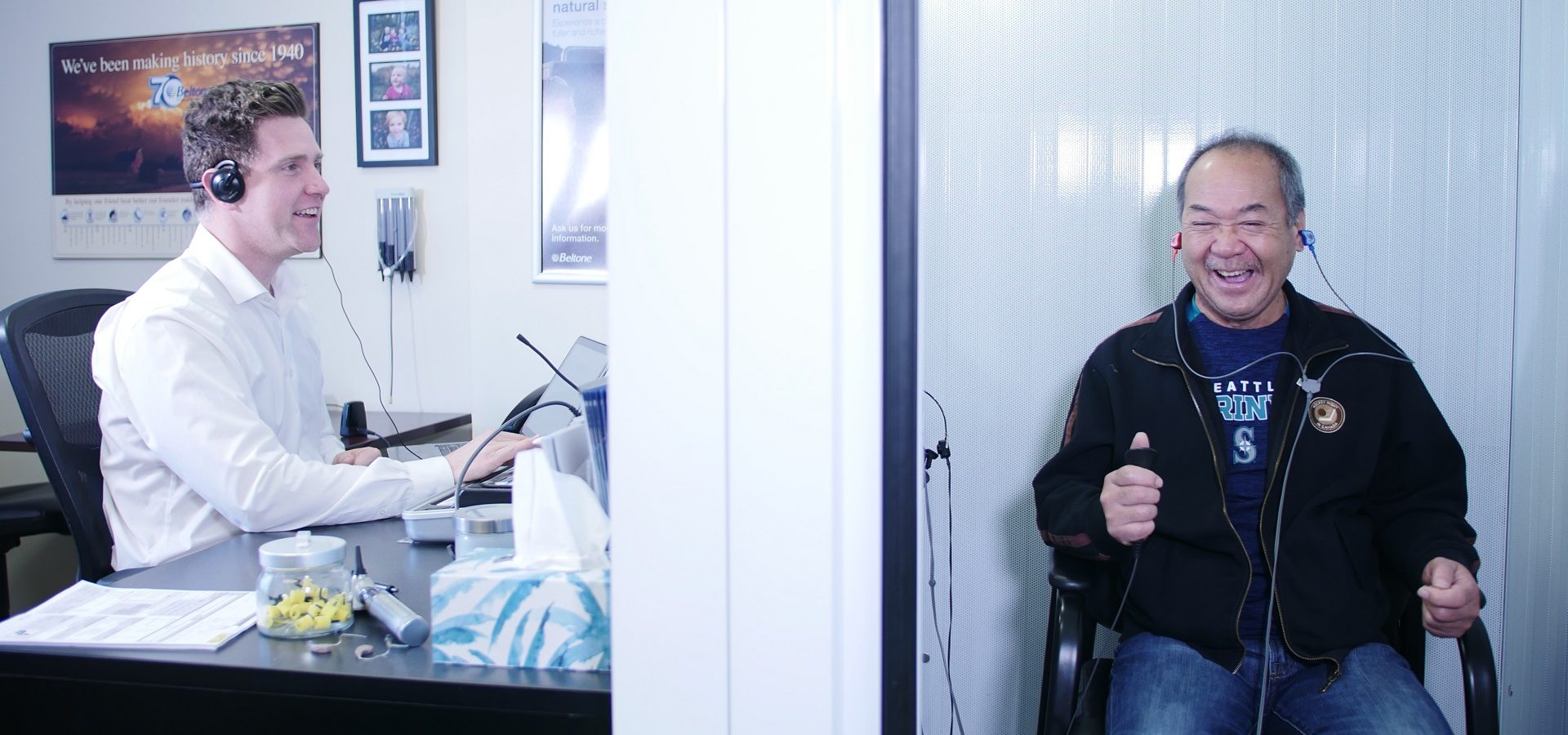Menu

Dealing with hearing loss can be challenging, especially if you don’t know what to do. Fortunately, you can undergo tests to identify the root cause and find ways to address it. You just need to book your appointment and come prepared. But what exactly can you expect from your first hearing test?
This article will discuss three facts about what you may undergo during your first hearing test. Use this information as an opportunity to take active steps to better your condition and find ways to adjust without much fuss. This way, you can also help your audiologist in addressing your needs.
Fact #1: Your hearing impairment may be due to lifestyle factors, your family’s medical history, and other health-related complications. That’s why pre-test screening is necessary.
Your hearing doesn’t simply go away in an instant; it’s a gradual process of losing your ability to pick up noise due to one or more issues. That’s why most standard hearing tests begin with a screening process wherein your doctor will request for your existing medical concerns, healthcare concerns you inherited from your parents, and your typical day-to-day routine.
For instance, your audiologist may see a pattern in your family’s medical history that highlights general hearing loss in one ear at around the age of 50-60. You may have the same condition, and it’s further affected by your job as a DJ since you have to listen to different music genres to produce your songs.
As such, consult with your local hearing clinic about what you need to bring to your pre-screening. You also have to note that the root cause may not be as easy to decipher and may require more than one hearing test, depending on your doctor’s professional recommendations. Just make certain you have all the necessary details ready for your audiologist’s convenience.
Fact #2: Your ear doctor needs to see inside your ear before detecting your hearing capabilities. This procedure is called the visual examination.
Checking your ears’ physical condition is just as important as gauging where you lie on the hearing loss spectrum. The visual examination is a way for your audiologist to see any wounds, imperfections, and other issues contributing to your impairment. For example, you may just have temporary hearing loss and need some deep cleaning to remove all the excess earwax.
The visual examination involves utilizing an otoscope, allowing your audiologist to check your ear canal for any issues. It also serves as another preliminary examination to assess the root cause of your condition. After this, you will go through a series of tests, like the pure-tone test, ear pressure test, and speech test.
Fact #3: After your hearing test, you will go through the results together with your audiologist and discuss your treatment journey
After your test, you can expect your doctor to show you a visual representation of the results called an audiogram. It’s designed to help you better determine what may be causing your hearing impairment and what you need to do to address these problems. Your ear doctor may also request you to do some preliminary fitting for your hearing aid if you need one.
Conclusion
It’s normal to feel uneasy for your first hearing test, especially when you don’t know what to expect. Fortunately, you now have a better understanding of what occurs during the test. You just have to find a reputable hearing clinic to guide you through the process. Remember all the previously mentioned facts and seek help for your ears today!
Fraser Valley Beltone can provide you with hearing tests in Langley and Abbotsford. It enables you to address your deafness and ensures you can adjust easily to your environment. Book your next appointment with us to protect your auditory health and wellbeing.
Share Post
Facebook
Twitter
LinkedIn
Email
Reddit
Pinterest
